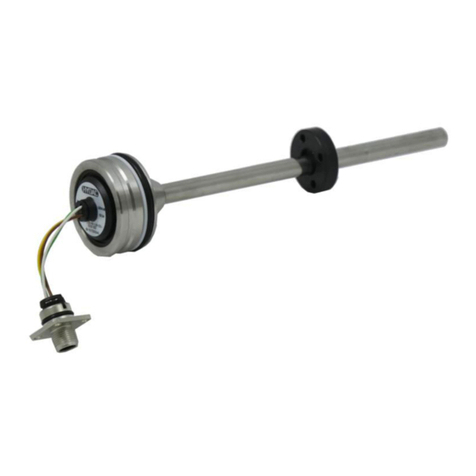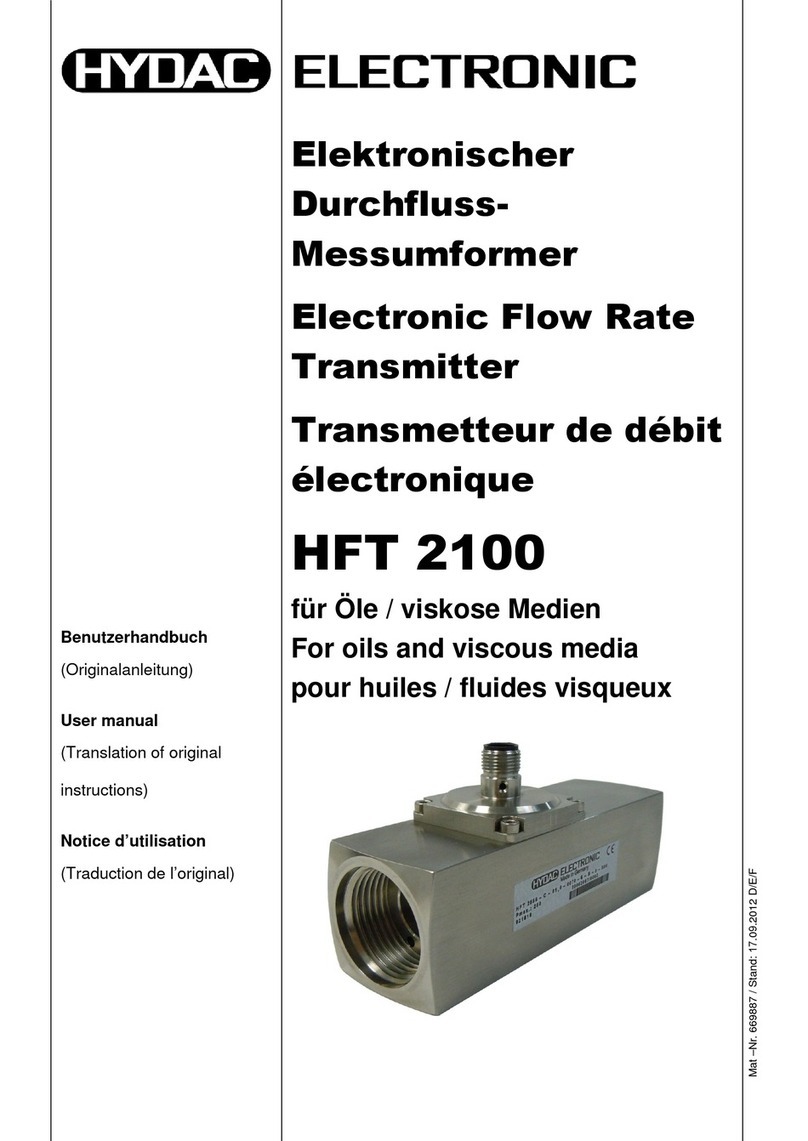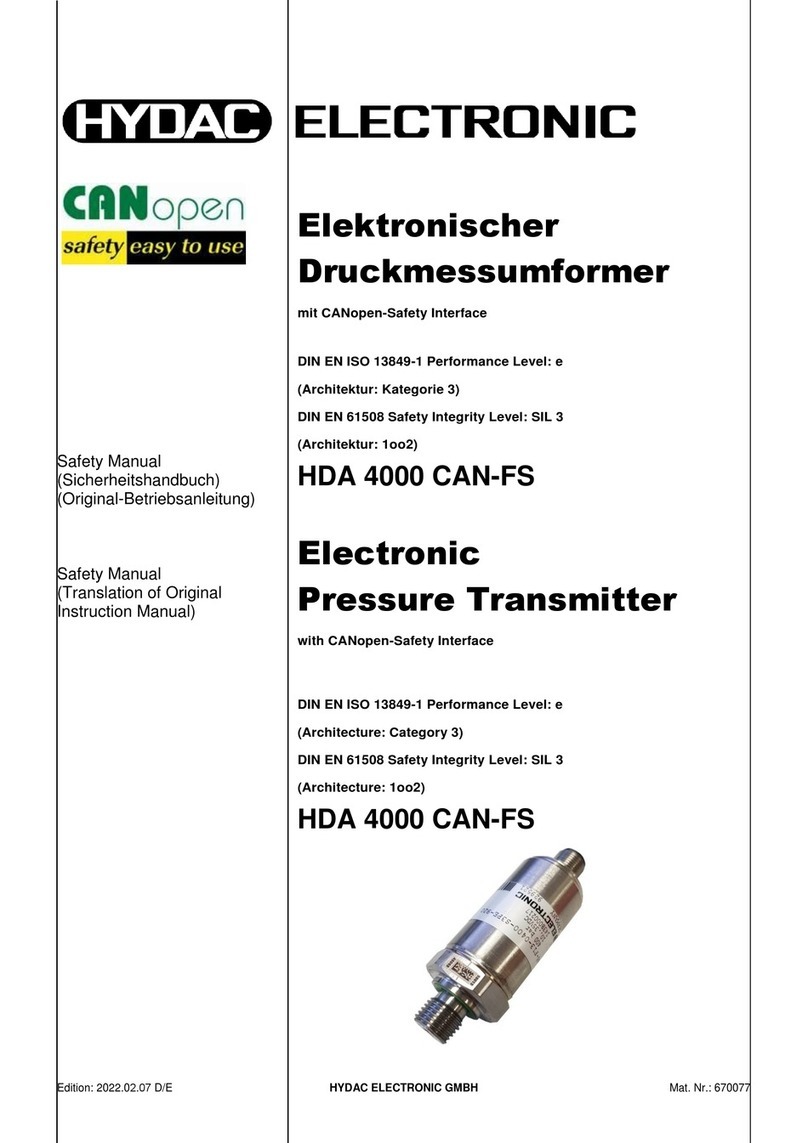2.4 Start-up process
After each start-up, the HPT sends an "Address Claimed" message. Thus, it communicates
its address and its name to the other participants. This message can also be requested by
other participants using a "request" message.
If an other participant sends an "Address Claimed" message using the same address, the
reaction of the HPT depends on the name of the other participant.
If HPT name is lower than the numerical name of the other participant, it again sends an
"Address Claimed" message.
If the HPT name is (numerically) higher and does not use dynamic addressing, it will send a
"Cannot Claim" message, it does neither have an own address nor will it start operating. It
needs to be briefly disconnected from the supply voltage or it requires manual configuration
by means of a "commanded address" message (PGN65240). If dynamic addressing is
enabled, the HPT selects the next available address, sends a new "address claimed"
message and, if necessary, performs a new priorisation of the name. This processus is
repeated until a vacant address has been claimed or until no vacant address could be found.
If no vacant address could be found, a "cannot claim" message will be sent.
After sending an "Address Claimed" message, it takes 250 ms until the HPT takes up its
regular operation mode. This is one of the requirements of SAE-J1939 to give other devices
having the same address enough time to respond.
3 Basic principles
The following sections will explain non-product specific information for a better understanding
of the functioning principle of a measurement system with a communication interface.
3.1 General communication characteristics
In general, the measurement systems are the end-nodes within a communication network.
They do not take control of their superordinate network themselves. However, these devices
are able to generate and send information spontaneously. In doing this, the measurement
systems mainly serve as a data source.
3.2 Display of numeric figures
The figures without additional marking are displayed as numeric figures with decimals
(number basis 10). For a more simple display of data blocks, however, hexadecimal
representation is also very commonly used (number basis 16). In our document, the
hexadecimals are generally marked by a "0x" as a prefix.
Decimal numbers, when displayed in a mixed representation, are marked with the additional
suffix "d".
Binary numbers (number basis 2) are marked by suffix "b".
0x12 12 hexadecimal →18 decimal
0xA2 A2 hexadecimal →162 decimal
16d 16 decimal →10 hexadecimal
66 66 decimal →42 hexadecimal
10b 10 binary →2 decimal































